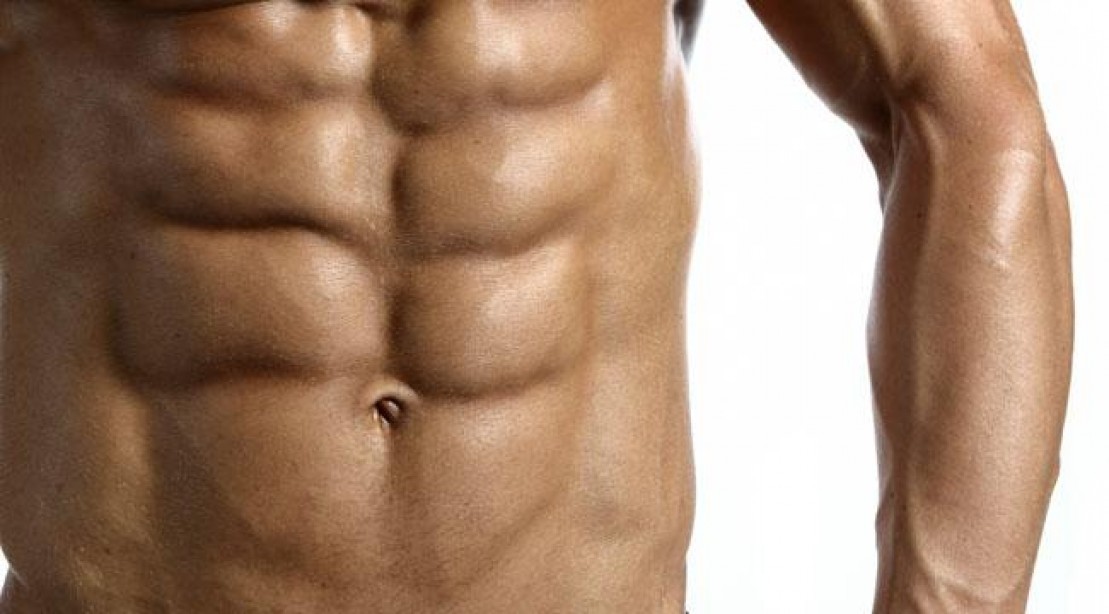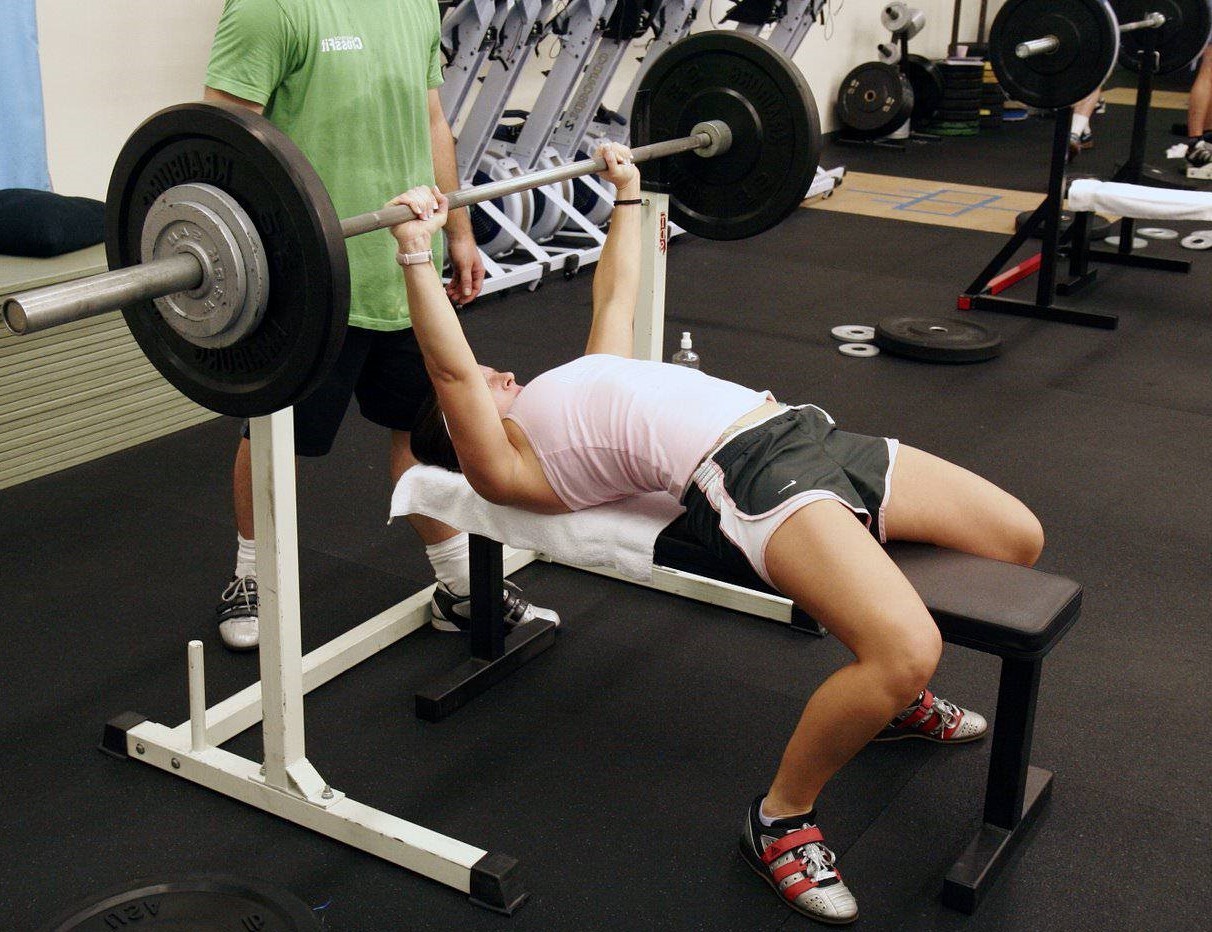I’ve had several skinny fat friends ask me if they should lose weight before they start training. Others wanted to know how they could quickly put on more muscle, and how much they’d have to stuff their faces to make it happen. This is in direct response to them, and it’s meant to give you an idea of how diet correlates with muscle mass (and strength), and why you need to watch what you eat. Start lifting while cutting.
What is a Bulk, and What is a Cut?
When approaching hypertrophy and diet, people usually think of bulking and cutting. Bulking is the process of gaining lots of weight while working out, and cutting is the process of losing as much fat as possible while protecting your lean mass.
Bulking relies on eating at a caloric surplus in order to build muscle. Use a calorie counter to track your nutrition and ensure that you eat above maintenance, and get more than enough protein, as well as a decent amount of fat and a good chunk of carbs right after each workout.
To understand how bulking works, you need to understand how calories work. When you go about your day, your body is constantly using calories. Calories are a special unit of energy that we use to translate how much energy we get from any given food source.
When calories are burnt, our body is using up food we’ve eaten, or it’s using up our fat storage. That’s the general gist of it, although there are a few specific details (such as the effects of fasted training on muscle mass, and glycogen in the muscle) that I’ll talk about some other time.
How Calories Are Burnt
The number of calories you burn in a given day is a simple combination of your basal metabolic rate combined with your heart rate and levels of exertion throughout the day. Your basal metabolic rate is what you burn simply by existing. It’s what you burn while sitting in a chair, doing nothing. And, the more muscle you have, the more calories you burn.
Mass in general increases your caloric needs (mostly because you need to eat a lot to maintain mass, whether it’s muscle or fat), but muscles are far more calorie-intensive than fat. They’re also much heavier, which is why the scale is only important if you’re also keeping in mind what your current body fat percentage is, and what you aim it to be. As you do things throughout the day, you burn even more calories. In short:
- If you want to gain lean mass (muscles), you need to train and eat. Eating at a surplus increases the rate at which you build muscle, but it will also add to your total bodyfat. Aside from total calories, you also need to maintain a minimum protein intake of about 0.7-0.8g of protein per lbs. of bodyweight. At 160lbs bodyweight, you would need to eat about 130g of protein every day to build muscle.
- If you want to lose fat, you need to cut down on your calories, so you end up burning more than you consume. This means that your basal metabolic rate plus your activities for the day should total more calories burned than what you ate. Doing so can and will make you lose muscle mass, to a degree.
Beginners Gain Muscle Faster
However, there is an exception to what I’m talking about above. On average, you can expect to gain 0.25 to 0.5 pounds of lean mass per week if training and eating right. Meanwhile, you can expect to lose some muscle mass while on a cut. But the rules are different if you’re a complete beginner.
Beginners who are skinny fat (meaning they look normal for their build but sport a high body fat percentage and very low lean mass) will build a good chunk of muscle while on a cut. Beginners who are just underweight will put on a ton of weight early on. This is because when you’re a beginner, it’s very easy to gain muscle mass. As you get stronger (and as you age), lean mass gains will drop off considerably and it can become more difficult to build mass. So it’s easier to start lifting while cutting.
It’s also important to note that these are averages. Your actual muscle gain will depend largely on your genetics. If you’re a lanky kid who comes from a long line of very thick men, chances are that you’ll easily put on muscle once you start working on it, and it’ll take a while for the “newbie gains” to stop. As your muscle mass increases, so will your strength – but that’s mostly due to neural adaptation and form efficiency rather than lean mass.
Making Consistent Improvements
I personally consider dirty bulking and drastic cutting to be little more than yoyo-dieting, and while some rare individuals might find their way to physical success and aesthetics by starting off with a series of bulks and cuts, I think you’re better off forgetting all that entirely and instead training and eating based on two things:
- Where you are now (in terms of body composition).
- Where you want to be.
What I advocate is pretty simple: visualize what you want to look like, and then go for that. I said simple, not easy. The first step is to get a good picture of what you want to look like. That’s where bodyweight ideals come into play.
Bodyweight Ideals
Greg Nuckols wrote a particularly impressive article on how to choose the best weight class for your height and build, with several in-built calculators and formulas to help you figure out what you need to weigh in order to pull, press, and squat as much weight as possible. I’m not going to go over everything he’s already mentioned in his piece, but I will parrot some key points:
- You’re stronger if you have more lean mass, but there’s a limit to how much lean mass your frame can hold.
- It takes years (upwards of ten) to hit your genetic limit. Consistent work in both strength and hypertrophy will get you there, alongside a good diet.
- The fastest way to increase your relative strength (pound-for-pound) is to lose weight. More specifically, to lose fat. There is little benefit in having more than 13% bodyfat, strength-wise.
Read through his post to get an idea of how much you might want to weigh. For example, given my waist, ankles, neck, and wrists, and my height at 175-176cm (I always forget the exact number), I can achieve a bodyweight of about 88kg while staying relatively lean. I currently weigh 75kg at an estimated 15% bodyfat.
It’s important to take these numbers with a grain of salt, but aim for them nonetheless. I’m training and eating to eventually reach 85-90kg lean, so play around with your number and think about what kind of physique you’d like as a lifter. Then, eat and lift accordingly.
If You’re X/W, Lift and Eat Y/V.
Replace X with fat and Y with less. Replace W with skinny and V with more. For beginners, it’s quite simple. Your goal should be to unfuck your diet, but you don’t have to turn it into a science. The beauty of powerlifting is that you never need to hit 3% bodyfat and get that insane dryness going, so you can comfortably stay at 13-15% as long as you’re generally watching what you eat.
I highly recommend that you start counting calories for at least two months and get a good feel of what a day’s worth of eating should look like. Check back in with a calorie counter for a month once or twice in the first two years to recalibrate based on new gains. Otherwise, use the mirror and the scale to judge if you’re gaining muscle and a bit of fat, or just mostly fat, and cut back when needed.
The idea is to maintain this in perpetuity. As a beginner, your focus should be to lose any excess fat (a whopping belly being the general sign) and build your strength. Reduce your caloric intake, but never to the point of starvation. In general, it’s okay to drop about 500 calories from your total daily expenditure and make that your goal, but make sure you’re getting all the nutrients you need.
A calorie counter can give you a more accurate estimate. For that, drop food that’s too dense in calories with no nutritional value. Less rice, less pasta, less potatoes – more green leafy vegetables, more baked vegetables, more carrots and eggplant, more peppers, more radishes, and pumpkin, and a meal or two with a solid slab of protein.
Make Reasonable Changes
If you’re underweight to begin with, start eating – but don’t just chug a gallon of milk and eat a pound of ground pork every day. That’s a great way to pack on slabs of fat, rather than slabs of meat. Stick to lean meats and fish, have lots of veggies, and cover any lagging calories with banana shakes, oatmeal, and more rice or bread. You’ll gain a lot of weight, and it’ll be the kind of weight you want.
It can be difficult getting used to large amounts of food if you’ve been chronically underfeeding yourself with that terrible appetite of yours, but trust me, as a big fan of undereating in the past, your appetite will quickly adjust, and you’ll find yourself wanting lots and lots of food. Oats, rice, beans, and bread are all great ways to get a good chunk of protein on top of a hefty sum of carbs and calories.
Cutting While Lifting Is Fine
Once you start to get to intermediate strength levels, use the mirror to gauge whether you need to eat more, maintain your pace, or cut back. It’s possible but quite difficult to remain shredded year-round without serious dedication, but you should be seeing some form of abdominal definition. To finish it off, here are a few important pointers:
- If you’re skinny, monitor your weekly weight gain and check yourself in the mirror. Gaining weight and definition is good. Gaining weight and losing definition is bad. If you’re gaining too fast (over 2 pounds per week), you may be eating a bit too much. Keep in mind that you need to weigh yourself at consistent times – right after your first bathroom break, early in the morning, before you eat or drink anything.
- If you’re heavyset, keep an eye on the scale but mostly focus on the mirror. You need to be more diligent with your calorie counting, because you have a steeper upper limit but the same nutritional requirements. Your food should be nutrient-dense, and low calorie – but not so low that you’re skirting 1000 calories. Just stay in a deficit of a few hundred calories and monitor your weight. Progress can be slower some weeks than others, so just make sure you’re consistently losing. Don’t worry if you gain a little. Fluctuations are bound to happen sometimes, and can depend on hormone levels or water weight, or the stage at which your fat cells are currently being depleted.




